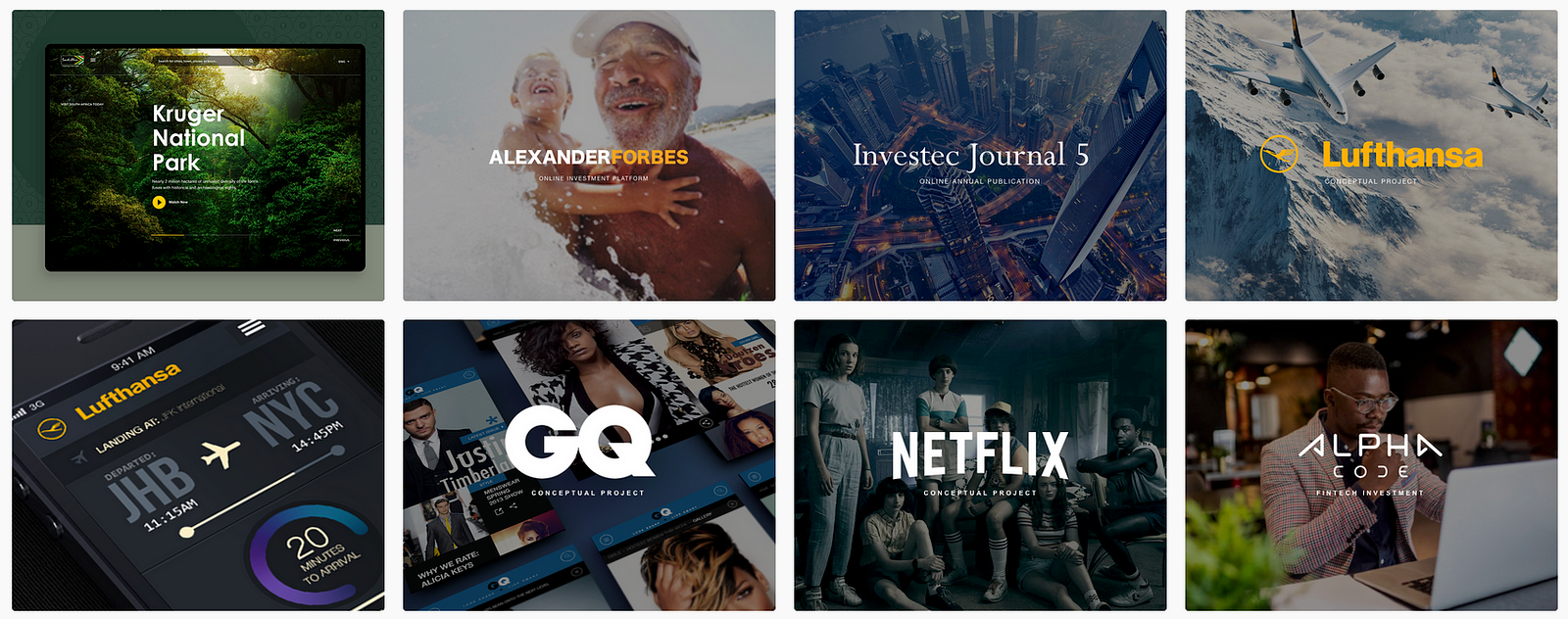
This article is for those of you who are struggling to making any meaningful progress towards the goal of getting your first UX role. I recently had a student reach out to me to help them figure out why their portfolio was not getting them interviews and what it would take to land just a junior UX role or even an internship.
After doing a short UX course and crafting a website portfolio of projects, you may still have not gotten any responses for the UX positions you applied for. You haven’t really had anyone to guide you as to what exactly you should be doing, or where to go from here and you starting feel pretty down about the whole thing. You put a lot of effort in the classes and designs and its frustrating to think it may all have been a waste of time.
I have fortunately been through the same experience while transitioning from a totally different field but more importantly, managed to overcome those challenges to the point of being head hunted for my first two UX roles. In addition, as a UX team manager who goes through a ton of UX portfolio applications so I am able to shed some light of why certain candidates get the call for an interview and others just don’t make the cut.
Let get started with a blunt but necessary truth you might not want to hear.
Your UX portfolio work is currently not good enough.
It is imperative to understand that you are in competition with a multitude of other designers for the design roles that you are applying to and very few actually get called back for an interview. Your portfolio application is that first critical touch point that a recruiter will have with your credentials and your skills. You can not afford for the quality of your portfolio work to be ordinary or you will be passed over.
One of my core responsibilities as a team manager is hiring capable designers that will be a good fit for what we need in the team and the business as a whole. In a day, I can look at close to 30 to 40 applications and spend roughly 2 to 4 minutes on each one. This means your portfolio has to present your best and most relevant work right from the start.
But what is good enough work? Let’s get into detail about common mistakes and fixes that I regularly encounter.
1. Half baked UX case studies

I find that too many times, applicants will submit a UX portfolio with case studies that have 3 or 4 screens and no other detail. Don’t be lazy when creating UX case studies. You have put in so much time and effort into learning about the design field, joining groups, watching videos on UX, doing UX courses then you fail at the last hurdle because you put a small amount of effort into actually crafting proper portfolio case studies.
UX portfolios are different in that we are assessing your skills against what is typically expected in a UX role. Research analysis, testing, wireframing, data metrics and presentation. Design screens alone will not tell us much about all these skills and we will go someone else who shows these attributes more prominently in their UX portfolio.
If you need a reference, I have written an article a successful structure for UX case studies complete with examples. Even if you are starting out as a graduate, transitioning from a different field or applying for a junior role, this will give you strong starting point.
In case you don’t read the article the key 8 point template structure is as follows. The article goes into much more detail with examples.
- Project Title & Subtitle (A headline and subtitle that indicates the name and goal of the project)
- Client/Company/Project type
- Project date (When did you work on the project)
- Your role (What you were responsible for on the project)
- Project Summary/About this Project (An overview that summarizes the project, goal and results)
- The challenge (What specific problem, user needs, business requirements and/or pain points that the project solves. Were there any technical constraints or business KPIs you had to keep in mind? Who are you users and what are their specific needs)
- Solution (What method/process were used to solve specific problem, user needs, business requirements and/or pain points? How did features address the objectives?)
- Results (Project success metrics, awards, reflections, project next steps and/or lessons learnt)
You can also check out an example of how to actually create a good case study from scratch using this template.
UX Case Study Example #1 plus free template
Today I am going to fill in the UX Portfolio Case Study template from scratch and I will use an example UX case study…uxplanet.org
UX Case Study Example #2 plus free template
You may be wondering how should you organize a large amount of project information in a case study so that it isn’t…uxplanet.org
Without these case study sections in your portfolio, there are too many questions left unanswered about the project work and you skills which in turn sows doubt into a recruiter’s mind about shortlisting your application.
2. Put your best work first

This is a simple one but it is surprising how many people do not do this. If you have 4 good case studies in your portfolio, put your best ones right at the top of your portfolio. As a recruiter, I should not have to look for them. Again as I have said previously, and maybe that needs to be reiterated:
Recruiters do not have time to go through your entire portfolio
The first 2 to 3 case studies in your UX portfolio are most likely to be reviewed so make sure they are your best.
What does best work mean? It means work that is relevant to the company you are applying for and has enough depth structure wise to showcase your skills. For digital agencies, showcase web projects. For mobile app companies, showcase mobile app case studies, even if they are conceptual. That shows relevancy to the work that the company does, otherwise a recruiter has to make a judgement call on how your skills could apply to their business. Other portfolios that are better aligned with what the company does, will more likely get a call back.
3. Make the recruiter’s job as easy as possible
As designers we tend to forget the objective of a portfolio. A portfolio is meant to showcase your skills to a prospective employer or client about your skills.
The recruiters are ultimately your real audience not other designers.
So we have to cater to their needs as much as possible.

Use a platform or format that will be easy for them to go through the work. Whether its hosted on design sites like Dribbble.com or Behance.net, complied in a PDF document, make sure the recruiter can easily open the file format on their machine. Export work as PNGs/JPGs and don’t assume a recruiter has the program you used to create the work.
If you are hosting your portfolio on a website, make sure that the site is up and does not have usability issues when navigating your work. Nothing worse than opening a link that leads to a 404 error page.
Provide the correct contact details and ensure links to the external sites that you worked on, work. Otherwise take screenshots of the final implementation and present those as opposed to a site which might be down.
4. The company/role might not be for you

With the individual that reached out to me for help with their portfolio, we soon discovered after a series of conversations that they were applying to the wrong companies. We had to take a step back from the applications and portfolio creation to honestly evaluate if they were passionate about the field.
The truth is your passion for a field does come through the work you present in a portfolio.
If it’s all over the place and no attention to detail has been displayed, it’s clear to the recruiter that you might not have the right attitude to the work and potentially to your future role.
We eventually figured out that they would rather be doing a role that involved video game UX. That gave us a end goal to aim for and dictated everything else, the type of case studies to create, the companies to apply to, the role to apply for and the designers to network with.
5. Test your portfolio

This last point is pretty straight forward but it will require you to be vulnerable and humble enough to ask for help. Being a UX candidate I actually expect you to test your portfolio with other people. It’s what you will be doing on the job on a weekly and potentially daily basis. At least get their honest opinion on whether they would hire you and if there are any glaring mistakes in the portfolio. This is challenging to do but let’s consider the alternative.
If you prematurely send out your portfolio to really good companies and you don’t make it in, there may be a company policy in place the prevents you from applying again until a certain time period has elapsed.
This could be as long six months. And if you are email blasting your portfolio to every potential position available, you may be potentially shooting yourself in the foot.
My advice is to apply to a couple of similar positions (2 or 3) and get feedback from those applications. Then use this feedback to revise your portfolio to match the needs of the next company you are applying to. This way you can iteratively create a better portfolio every time you apply.
What to do next
Hopefully the points in this article have been helpful in identifying where you need to improve and if you are terribly overwhelmed give me shout and let’s see where I can help.
Discover more from UX Design Mastery
Subscribe to get the latest posts to your email.



